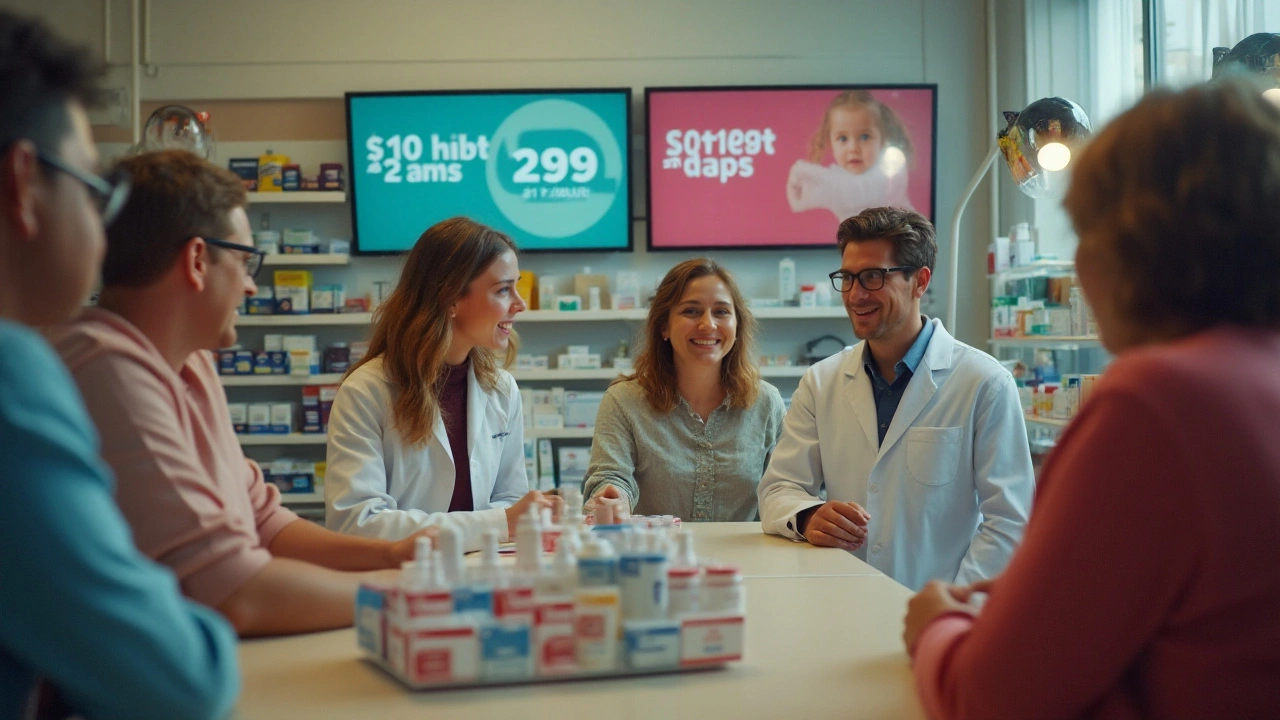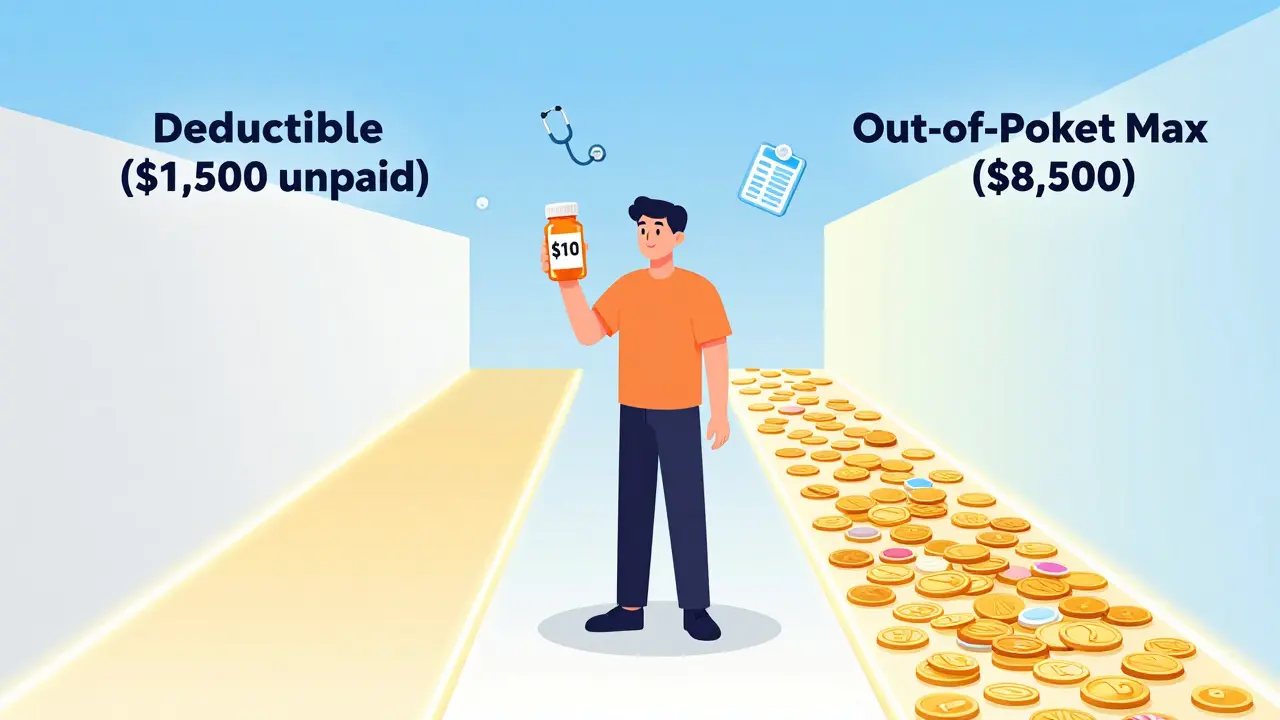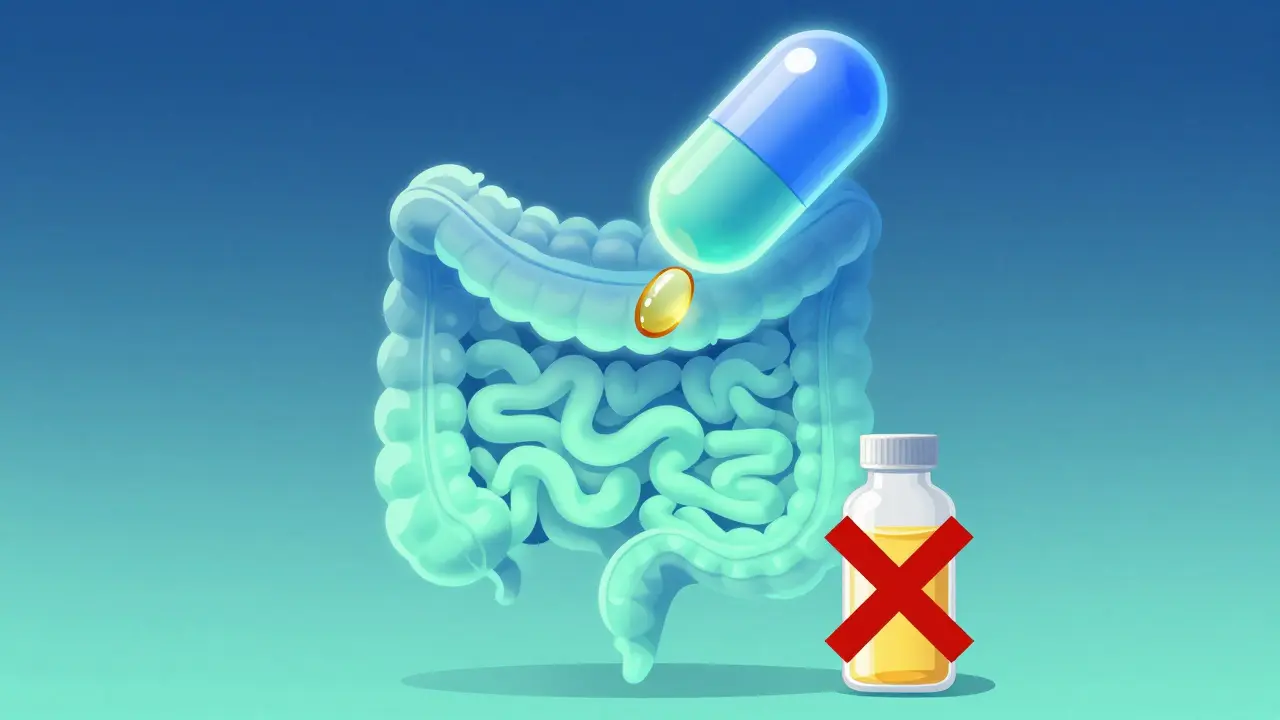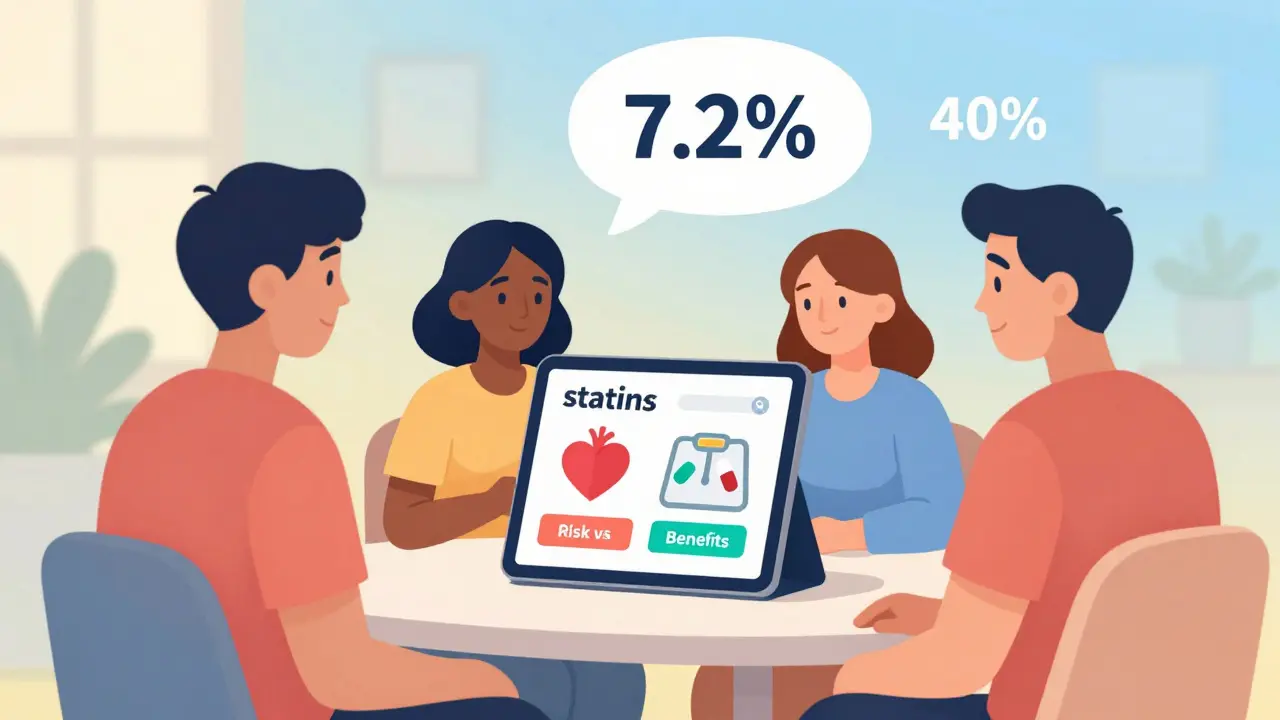GoodRx Alternatives: Smart Ways to Cut Prescription Costs
Stuck paying too much at the pharmacy? GoodRx is popular, but it's not the only way to save. This page shows practical, safe alternatives you can use today to lower drug bills.
Start by comparing prices. Use price-comparison tools like SingleCare, Blink Health, and RxSaver. Each app lists discounts for nearby pharmacies and often beats retail cash prices. Try the same drug across two or three services — differences can be big.
Know GoodRx has limits: coupons don't always work with insurance and some pharmacies won’t accept certain offers. GoodRx Gold is a paid membership with deeper discounts, but other services offer similar paid plans or one-time coupon codes. Also keep privacy in mind — many apps ask for your ZIP code and drug list to show prices. If you don't want to share data, check prices manually on pharmacy websites or call them. Sometimes a quick phone call gets a better deal.
Use coupons, memberships, and generics
Manufacturer coupons and copay cards can slash costs for brand-name meds. Check the drug maker’s site or ask your doctor for coupons before you fill the prescription. Also, ask whether a generic version exists. Generics are chemically the same and usually cost much less.
Membership programs such as Costco Pharmacy or Walmart’s membership discounts can save regular users money. If you take several chronic meds, compare a mail-order 90-day supply versus monthly fills; the longer supply often lowers per-pill cost.
Check patient assistance and safe online pharmacies
If affordability is a real problem, explore patient assistance programs run by drug companies and nonprofits like NeedyMeds. These programs can provide free or low-cost medication for eligible people. Also consider licensed online pharmacies and international options, but be careful: verify accreditation, read reviews, and require a valid prescription. Unsafe sites may sell counterfeit or unsafe drugs.
Mail-order and Canadian pharmacies sometimes offer lower prices. Before ordering, confirm the pharmacy is legitimate, check for a physical address, and look for pharmacy board registration. When in doubt, ask your doctor or local pharmacist for guidance.
Other practical steps: ask your prescriber for therapeutic alternatives, split higher-dose pills only if your doctor approves, and check whether your insurer has preferred pharmacies or mail-order options. Some insurers offer 90-day refills at a lower copay.
Track prices over time. Drug prices can change, and a discount that’s best today may not be best next month. Keep a short list of two or three go-to savings tools and check them before each refill.
Finally, protect your health data and money. Avoid sites that ask for payment by wire transfer, require no prescription, or have unclear return policies. Use credit cards or reputable payment systems and save receipts and tracking numbers for mail orders.
Want a quick plan? Compare prices on two apps, ask your doctor about generics or coupons, and verify any online pharmacy before you buy. Small steps add up and can cut your drug spend without risking safety every time.






